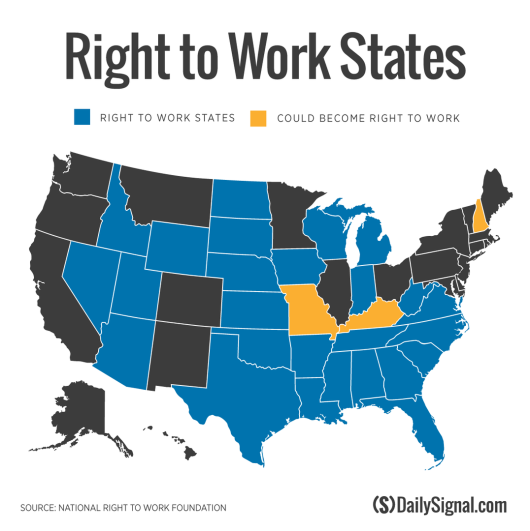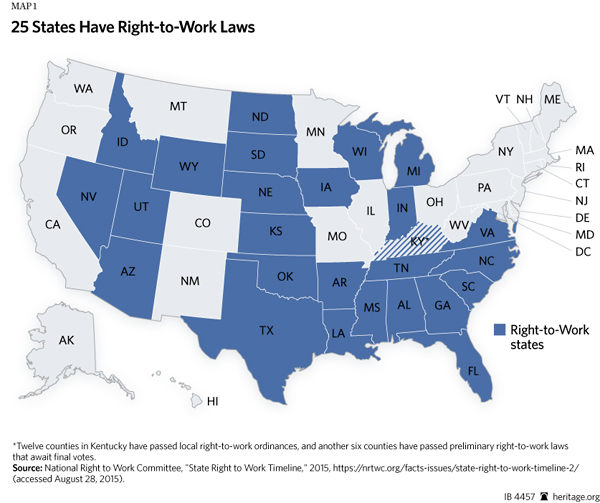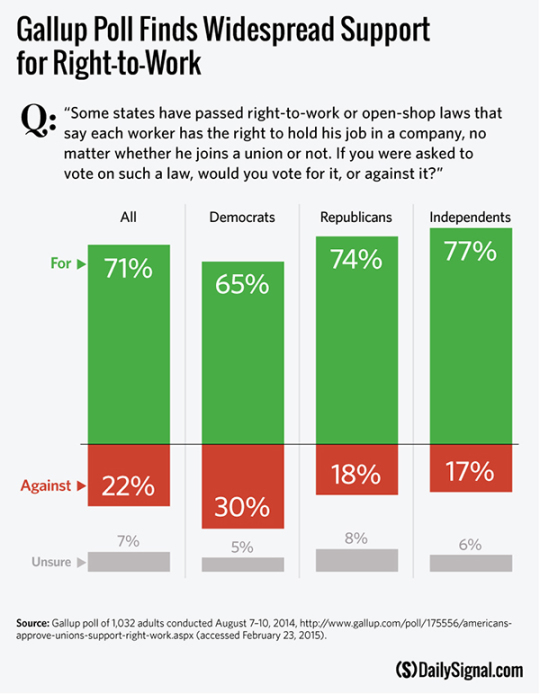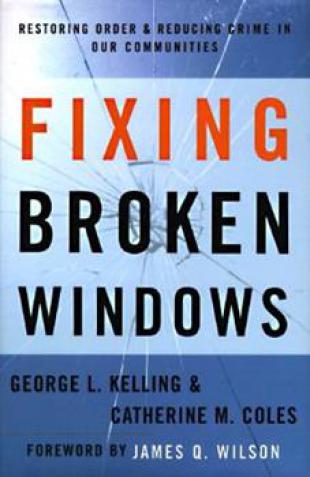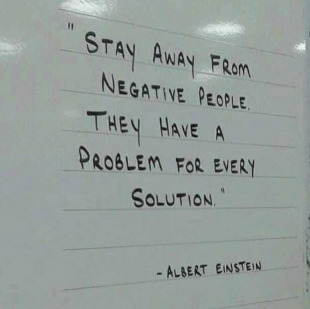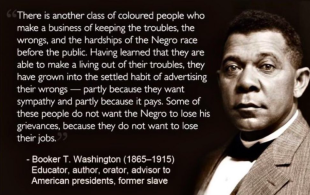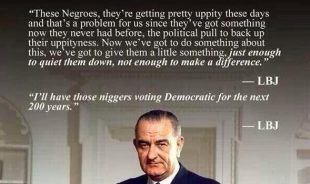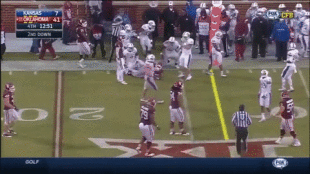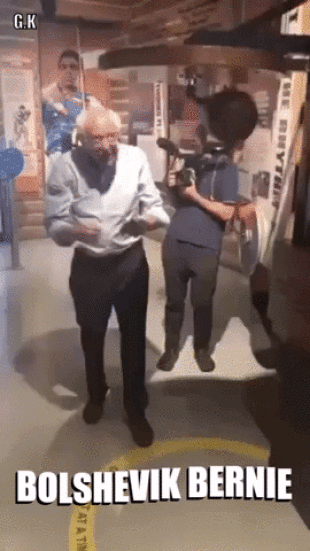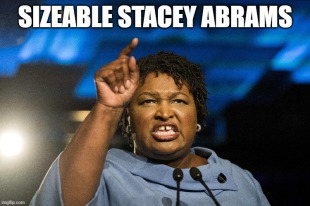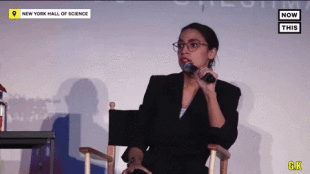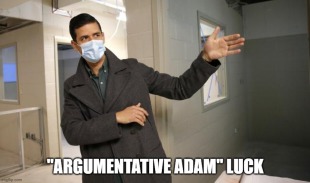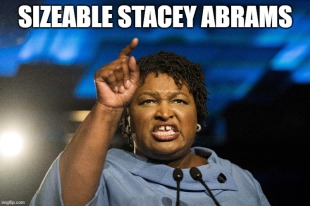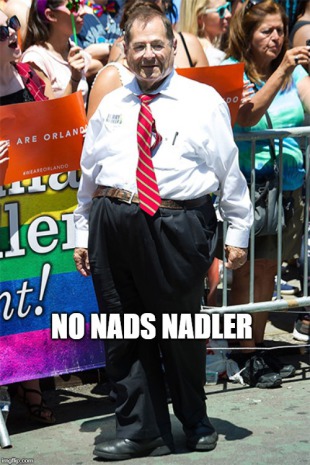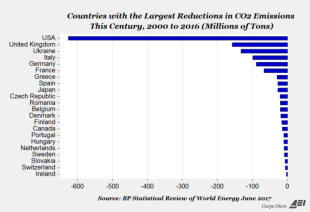February 6, 2017
‘Right-to-work’ movement claims victory in Missouri, eyes NH next
December 30, 2016
March 10, 2016
Are All the Economic Gains Going to the Top 1 Percent? (From Scott Winship – Manhattan Institute)
According to many observers, incomes have stagnated for most Americans since the Great Recession, while the rich get richer. This claim, however, is based on analyses that cherry-pick start and end dates to assess income growth: the top 1 percent of households see sharper income declines during economic downturns than everyone else, and the Great Recession was especially destructive.
February 12, 2016
With West Virginia, A Majority Of The States Are Now Right-To-Work (From George Leef – Forbes)
In truth, right-to-work laws are not a “blow” to unions at all. They still exist and new ones can be formed. The sole difference is that the union officials must earn the support of the workers they claim to represent rather than forcing them to pay in order to keep their jobs. Only in the authoritarian minds of our so-called progressives is the freedom to say “no” to an organization you don’t want somehow an “attack” on workers.
September 4, 2015
Surprising Results from Indiana’s Right-to-Work Law (From Buckeye Institute - Tom Lampman)
In 2012, Indiana became the 23 state to enact a “right-to-work” law that prohibits unions from forcing non-members to pay so-called “agency fees” as a condition of working at unionized firms. Supporters of right-to- work laws have argued that such laws promote freedom and labor rights by allowing workers to choose whether to financially support unions. Unions and other opponents of such legislation have disagreed, worrying that barring mandatory agency fees will ultimately lead to “union busting” and hurt union membership and spending. Indiana has been a right-to-work state for more than two years, and some surprising evidence collected by the U.S. Department of Labor now suggests that union claims are overblown.
(The study found that since Oklahoma enacted a “Right-To-Work” law, it has had a positive, not a negative impact on union membership trends.)
September 1, 2015
February 28, 2015
The Economic Impact of a Right-to-Work Law on Wisconsin
Over the last 30 years, states with right-to-work (RTW) legislation have experienced greater per capita personal income growth than other states. In fact, we find that the presence of a RTW law added about six percent to the growth rate of RTW states from 1983 to 2013. With such a law, Wisconsin’s per capita personal income growth of 53.29 percent would have been, instead, about 59.29 percent. We find that, had Wisconsin adopted a RTW law in 1983, per capita income would have been $1,683 higher in 2013 than it actually was. It is a fact that Wisconsin has fallen behind, and our analysis suggests that the passage of a RTW law likely would slow and possibly reverse this trend.
Adobe Acrobat document [3.0 MB]
January 30, 2015
An Economic Profile of Right-To-Work States
There is a great deal of evidence showing that Right to Work stimulates economic growth. Many experts in the site-selection field have observed that many companies have a strong preference for Right-to-Work states. For some companies, the absence of a Right-to-Work law can even be a deal-breaker. Unions can play a valuable role in allowing workers to present a united front to employers, in providing sound advice, and advocating for the rights of workers when they have legitimate grievances. Some unions also provide valuable training. But they cannot provide employment or wages. Even the best, most powerful union is not a substitute for a growing local economy in which jobs are plentiful. This growing, opportunity-rich economy is what Right to Work can offer the people of Illinois.
Adobe Acrobat document [419.5 KB]
December 18, 2014
Right-to-Work Laws: Myth vs. Fact
Many states and local governments are considering right-to-work laws. These laws make union dues voluntary. Without them, union contracts make paying dues a condition of employment. While most Americans support the concept of right-to-work, unions argue strenuously against them. However, most of the arguments against right-to-work have little basis in fact.
Adobe Acrobat document [109.8 KB]
December 04, 2014
Right-to-Work: What It Is and How It Works
As private sector union membership continues to decline, public support for labor unions appears to be fading. The emergence of right-to-work legislation in several states is evidence that policymakers and voters are rethinking the role of labor unions in today’s modern workplace. Twenty-four states have decided right-to-work is right for their workers. Based on the overwhelming research of right-to-work states, right-to-work has been right for those states’ workers, employers and economy. The question now is right-to-work right for Washington?
Adobe Acrobat document [631.8 KB]
August 10, 2014
July 30, 2014
The Unintended Consequences of Collective Bargaining
By raising the cost of labor, unions decrease the number of job opportunities in unionized industries. That, in turn, increases the supply of labor in the nonunion sector, thereby driving down wages in those industries. As a result, the natural rate of unemployment increases and economic output decreases – a phenomenon known as “deadweight loss.” This study calculates deadweight loss by state, and finds that more unionization correlates with lower wages and thus a drop in GDP. This conclusion suggests that the decision to officially encourage collective bargaining through public policy, which was the primary thrust of the National Labor Relations Act of 1935 (the Wagner Act), was rife with unintended negative consequences.
Adobe Acrobat document [4.9 MB]
July 16, 2014
The compelling preponderance of evidence suggests that there is a substantial, significant, and positive relationship between economic growth in a state and the presence of a right to work (RTW) law. This paper presents a labor economics analysis of the effect of right to work laws on state economies, and ranks states’ per capita income loss from not having an RTW law. People have been migrating in large numbers from non-RTW states to RTW ones. The evidence suggests that economic growth is greater in RTW states.
Adobe Acrobat document [10.5 MB]


